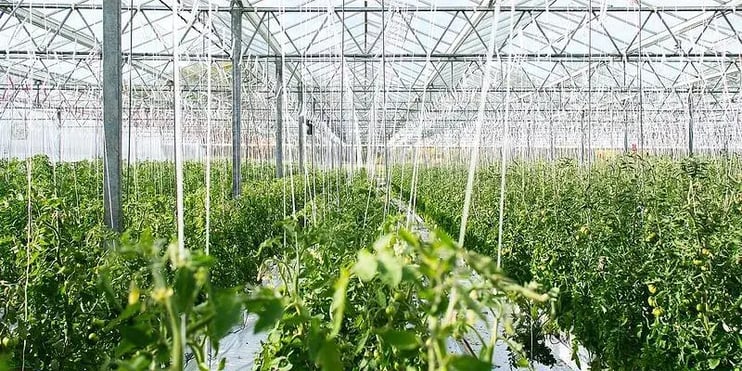Hygiene measures in the greenhouse: food production versus horticulture

Greenhouse horticulture works with living plants. Plants that are susceptible to bacteria, viruses and mould. Naturally, you want to keep diseases outside your greenhouses in any way possible, whether you produce food or are active in the horticulture sector. In both cases, hygiene deserves the necessary attention.
Despite the importance of hygiene in food production and horticulture, there is an important difference between the two industries. If you produce food, you are actually required to have a hygiene certificate. Things are different for horticulture. Certification is not obligatory, unless a customer specifically requires this.
Food production
Various foods are cultivated in greenhouse horticulture, such as tomatoes, cucumbers and peppers. In order to guarantee food safety and thus public health, business owners in this industry are required to certify their production in the area of hygiene. For example, with the Global GAP certificate or HACCP or ISO certification. These hygiene standards cover protocols in areas including personal hygiene, cleaning and disinfection of business premises, pest control and the training and development of personnel. Activities such as hand cleaning and disinfection and sole cleaning belong to the regular measures that should be taken in this area of hygiene.
Horticulture
In the case of horticulture, food safety is obviously not a topic of conversation. It could logically be said that hygiene plays a significantly less important role here. Yet business owners in the horticulture sector would do well to list the advantages of good hygiene for themselves and perform a risk analysis on their business. This is because, for example, common rose diseases such as mildew and rose rust must be kept out of the picture at all costs. A risk analysis reveals which hygiene measures are necessary. The investment in these measures far outweighs the financial damage you can suffer as a horticulturist when your crop is laid waste by disease.
Hygiene Selector
Do you also want to comply with the guidelines of the Global GAP? Then take an important step by installing a hygiene lock. Do you want to know which hygiene lock layout best suits your business? Then fill in the Hygiene Selector. The areas your hygiene lock must satisfy are simply explained in five steps, directly followed by tailored, no-obligation advice.
.webp)






